Architecture / Munich
Gold standard
Built at an important moment as Germany restructured its postwar image, Munich 1972’s athletes’ village is a rare example of Olympics infrastructure that remains much admired today. And those who live there are its most vocal champions.
When cities splash out on infrastructure to host the Olympic Games, its potential legacy often comes as an afterthought. The fates of the stadia and neighbourhoods built for the world’s largest sporting event range from disastrous, such as the ghost towns littering Rio de Janeiro and Turin, to just so-so. An exception dates to Munich 1972. The Olympiapark is a lush spot in the city’s northwest that is so beloved today, more than 50 years after it was built, that it still serves to boost the Bavarian capital’s global image.
“We really live in a 1970s utopia,” says Stefan Niese, who meets monocle at Nadisee, the Olympiapark’s artificial lake. It’s a hot day, and children are splashing in the shallow water against a backdrop of greenery and pale- concrete high-rises. The area feels like a world in itself; a world that Niese is used to guiding visitors around on tours. The architect – a nearly two-decade resident of Olydorf, the local nickname for the neighbourhood that is the former athlete’s village inside Olympiapark – is also a partner at Weber Auer, whose founders were involved in bringing it into being between 1966 and 1972. “The intention was to show the world an image of a happy, democratic Germany,” he says. “Or to create it.”
Munich had won the bid to host the 1972 Games with a masterplan that resulted in the construction of the Olympic Park in Oberwiesenfeld, a former airfield where rubble from the Second World War had been piled into hills. Germany had last hosted the Games in 1936 in Berlin and wanted to draw a clear contrast with the Nazi symbolism of that event. Designer Otl Aicher came up with a colour concept of bright blues, greens and pinks that earned the Games the nickname die Regenbogenspiele, or “the Rainbow Games”. The sports facilities were designed to merge with the landscape, linked by open-air walkways topped with a sinuous roof by architect Frei Otto. The athletes’ village was only a short walk north of the main stadium, aquatics centre and event hall.
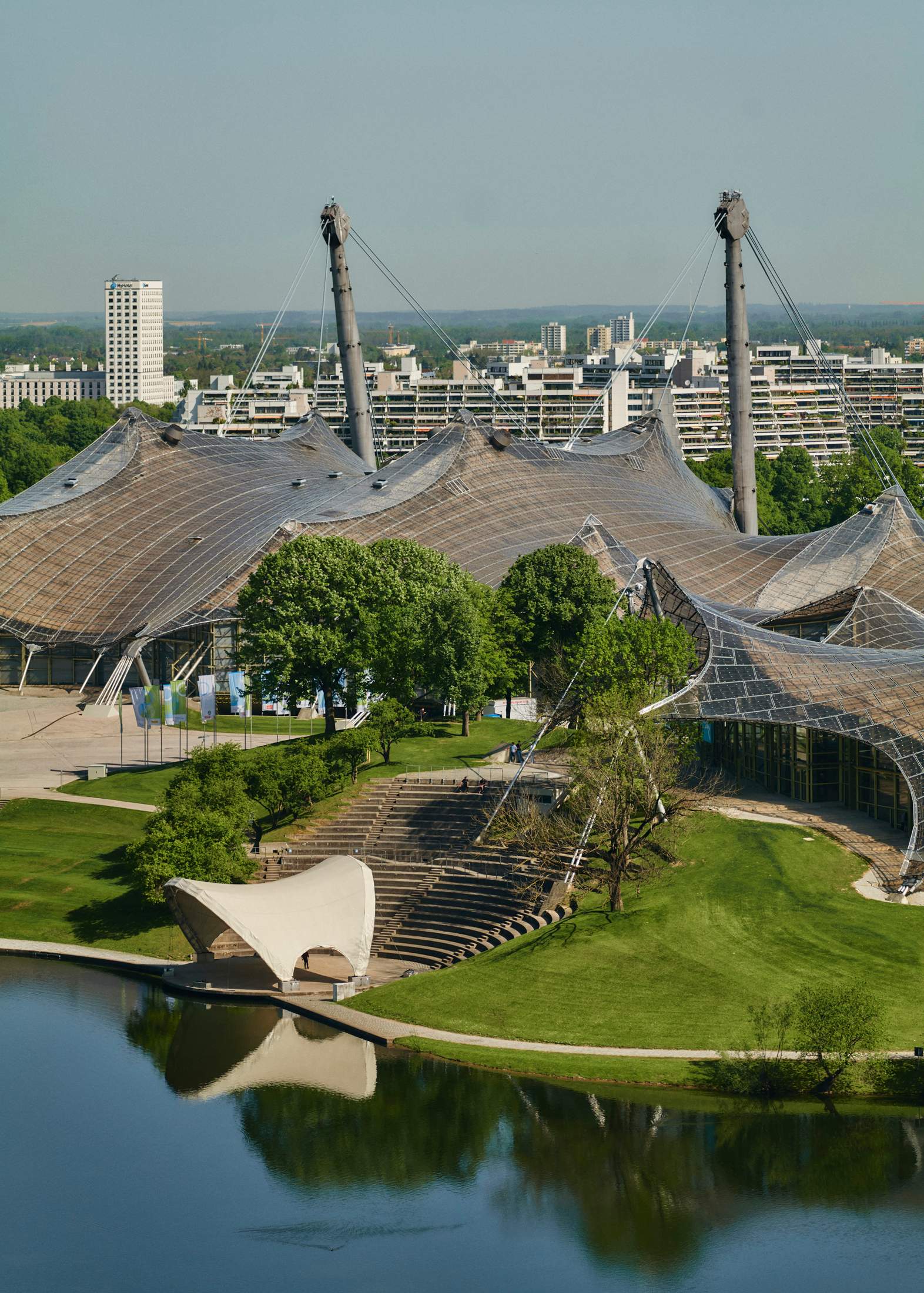
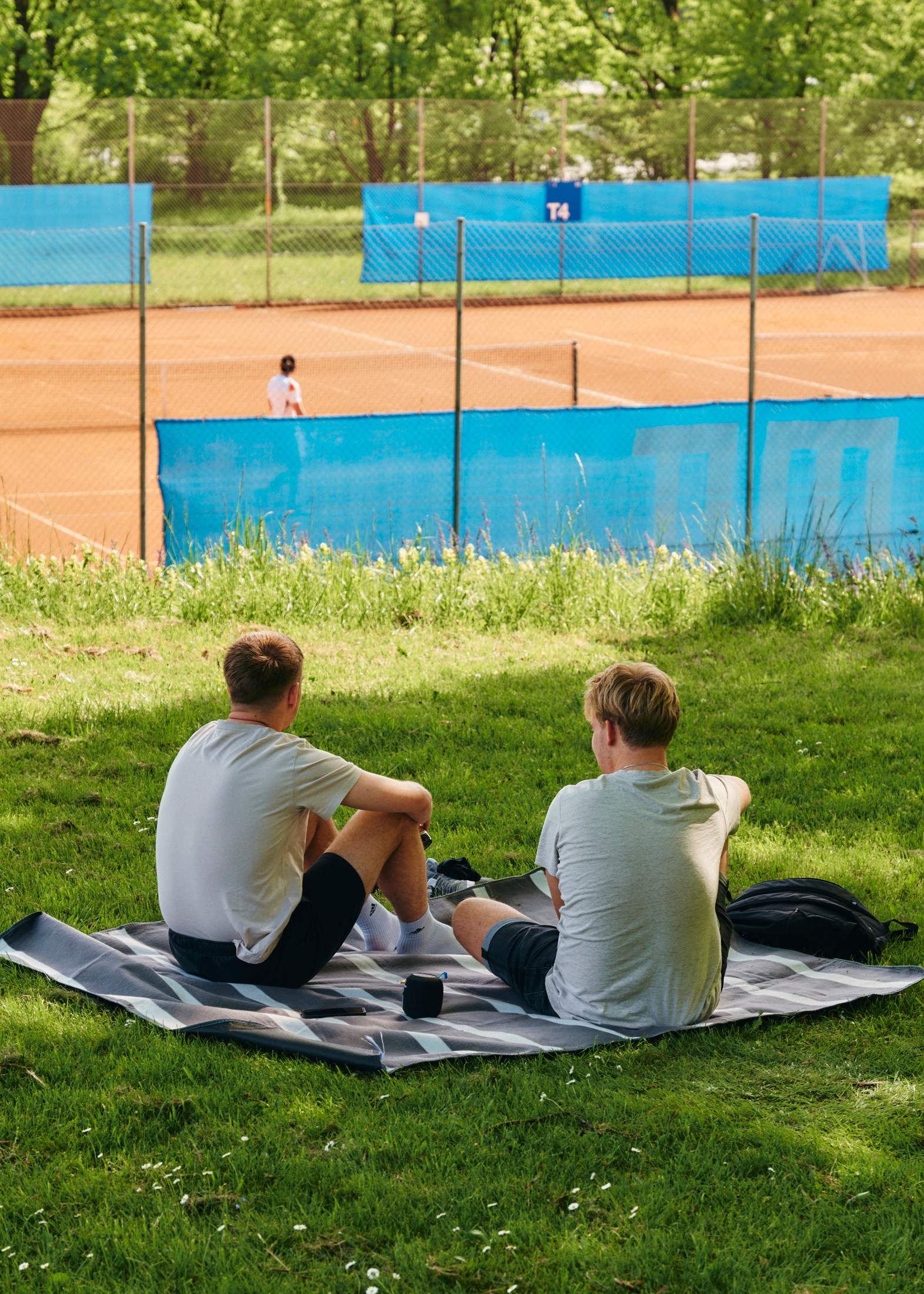
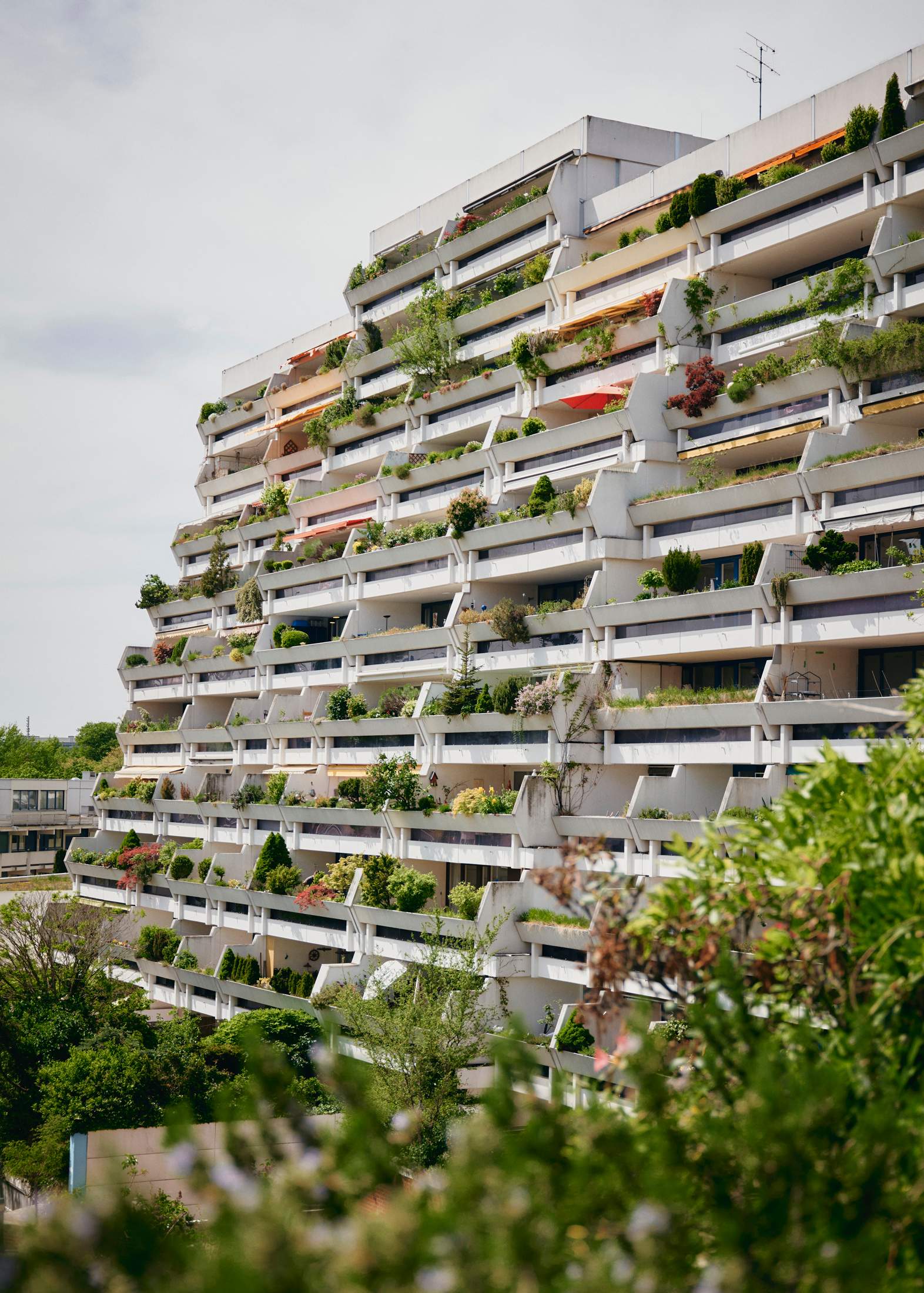
Originally surrounded by fences, the Olydorf is still cordoned off from the city by high, landscaped mounds along its sides. Today, within these grassy banks, the traditional hallmarks of Bavarian life vanish. Munich prides itself on manufacturing shiny bmws but, suddenly, there is not a car in sight. Thanks to a sizeable student contingent housed in dedicated buildings, an Aperol spritz is sold for €2.50 instead of the city’s customary €10. Even the mobile phone service is inexplicably choppy.
The task of turning this former dumping ground into lodgings for up to 16,000 Olympians, which could then become a legitimate neighbourhood post-Games, was entrusted to the firm Heinle, Wischer und Partner. Its scheme proposed terraced high-rise housing with cars and pedestrians on split levels – a concept, pioneered by Le Corbusier, that was the urban plan du jour in the late 1960s. From above, the site appears as three fingers of high-rises – so-called Terrassenhäuser – that fork out from a central commercial area. Between the high-rises are scattered a variety of townhouse-type homes. South of the last row of terraced houses begins the former women’s village, which is now student housing, laid out in two opposite typologies: one thin, tall tower next to a spread of low, single- person bungalows.
Niese lives in a terraced house on Nadistrasse, the middle of Olydorf’s three main avenues, with his wife, Sandra, and two teenage daughters, whose “childhood photos are all taken against concrete or stone”, says Sandra. The home is a drive-in townhouse: stairs lead not to a basement but to a car park on the vehicle-only level that runs beneath Olydorf. The living spaces are spread across three skinny but deep floors, all with balconies overlooking a Japanese-style garden in the back. The Nieses found the house for sale through the grapevine, which is how things tend to go here. Olydorf homes almost never come on the open market, because 90 per cent of moves are internal and the rest often happen via word of mouth. “You move into a bungalow as a student, then into a townhouse with your family, and a terrace flat in old age,” says Niese. “Nobody leaves.”
Olydorf initially seemed destined for the same fate as most other Olympic villages. The neighbourhood was seen as too remote and shoddily built, and Bavarians balked at living in what they dubbed a Betonwüste, or concrete desert. The project had been built in partnership with private developers but, years after the Games, with many units still standing empty, the city had to step back in to sell them off at a steep discount. It took more than a decade – roughly the time it takes for some greenery to take over – until the neighbourhood became seen as a desirable place to live.
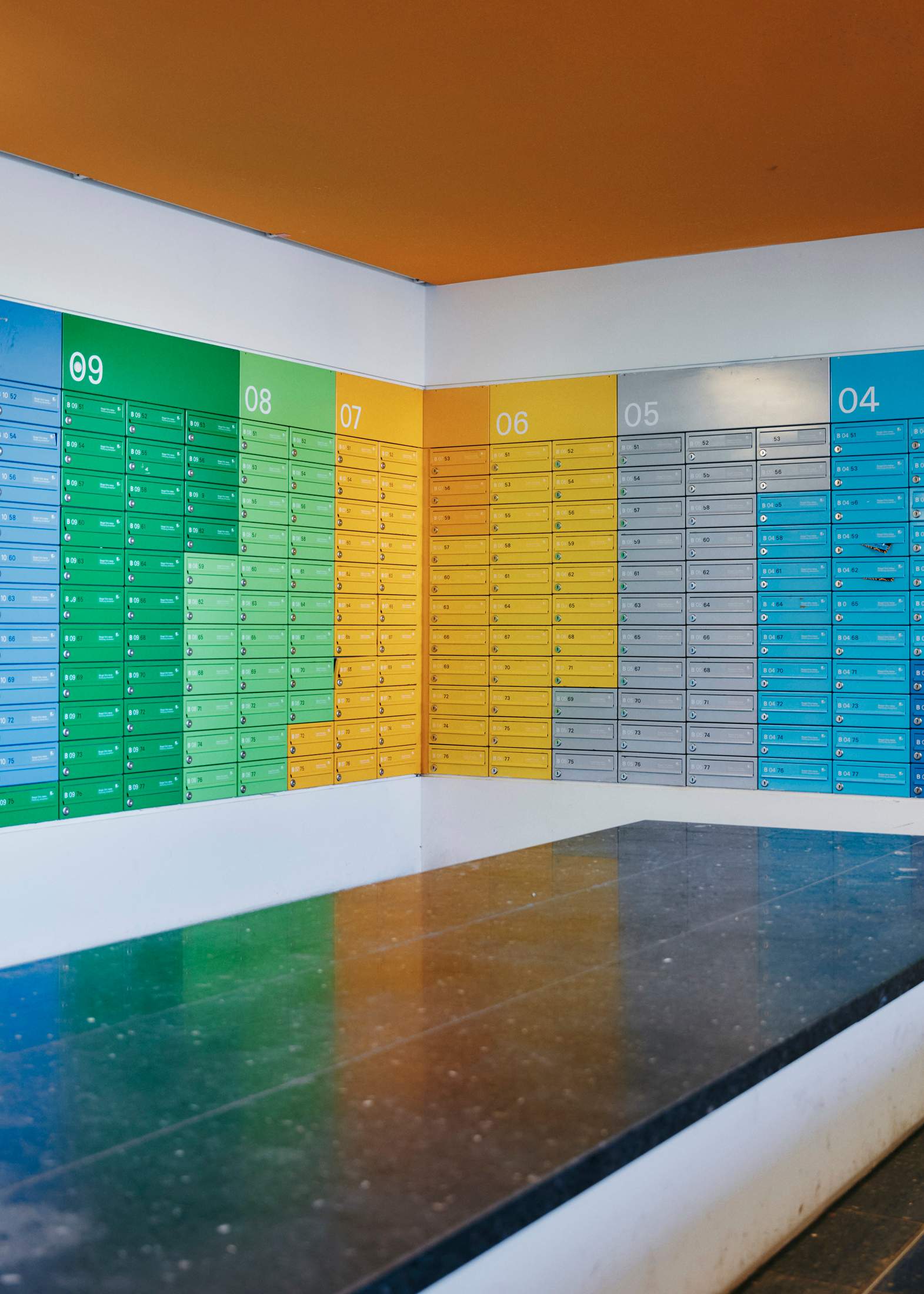
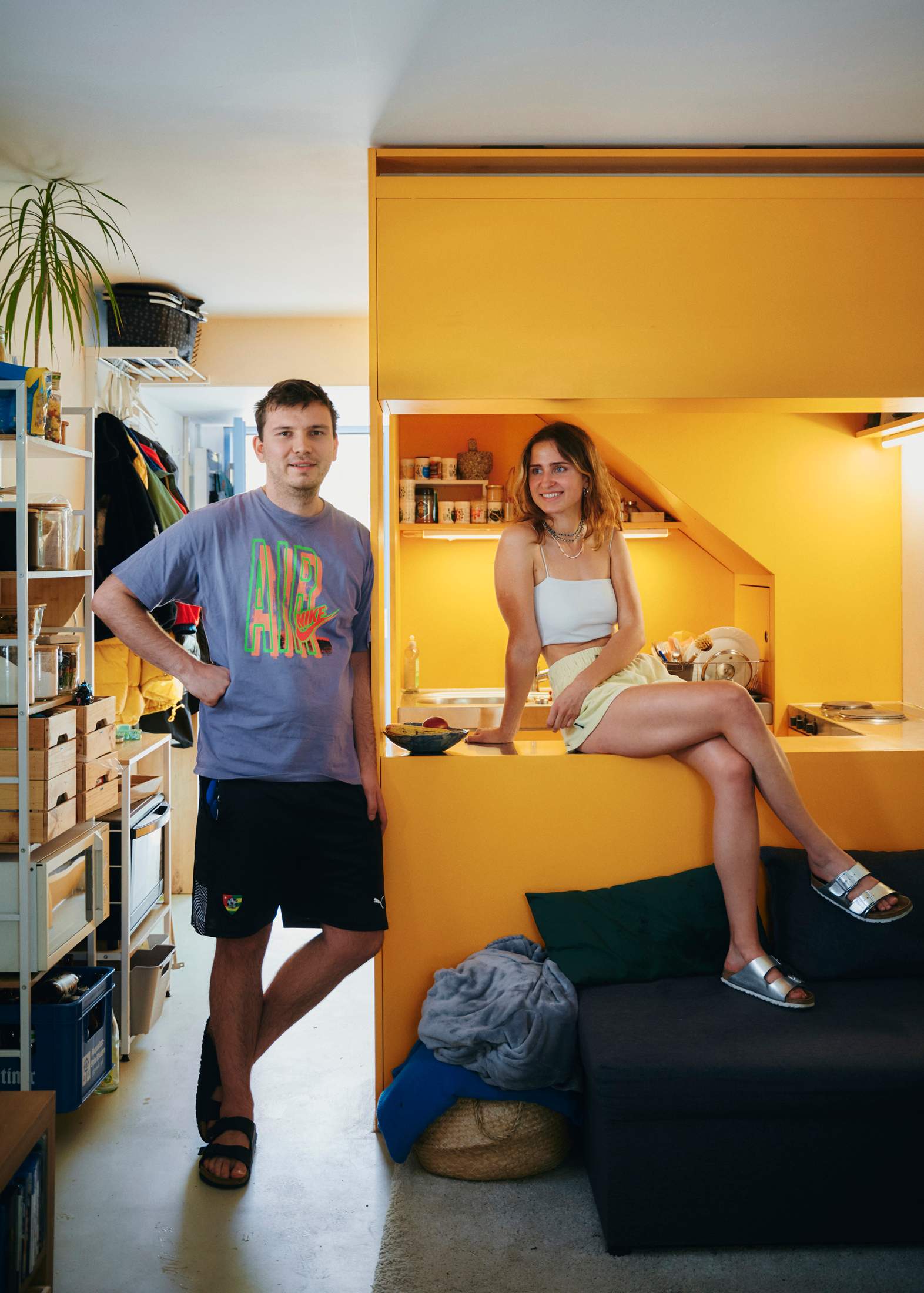

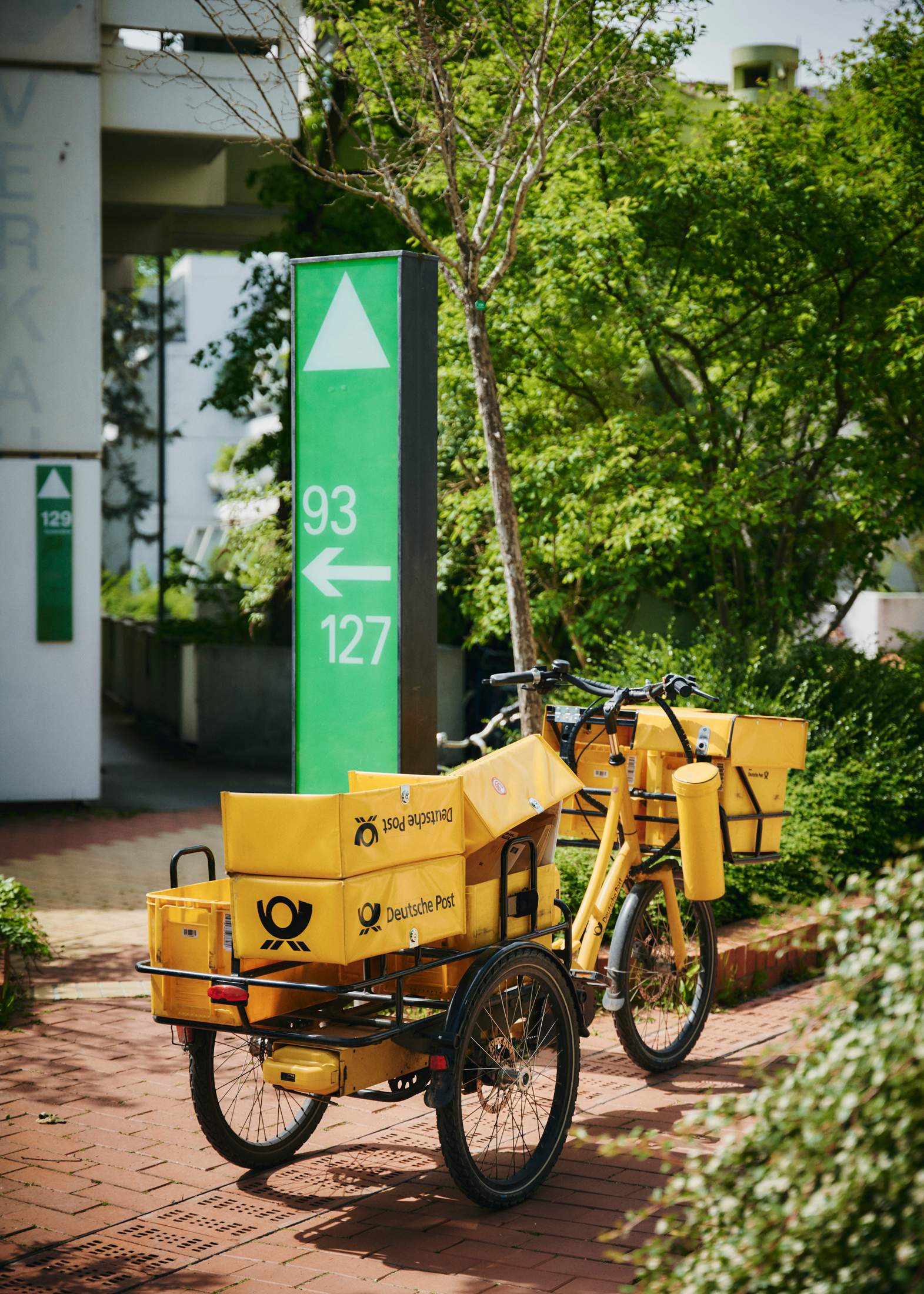
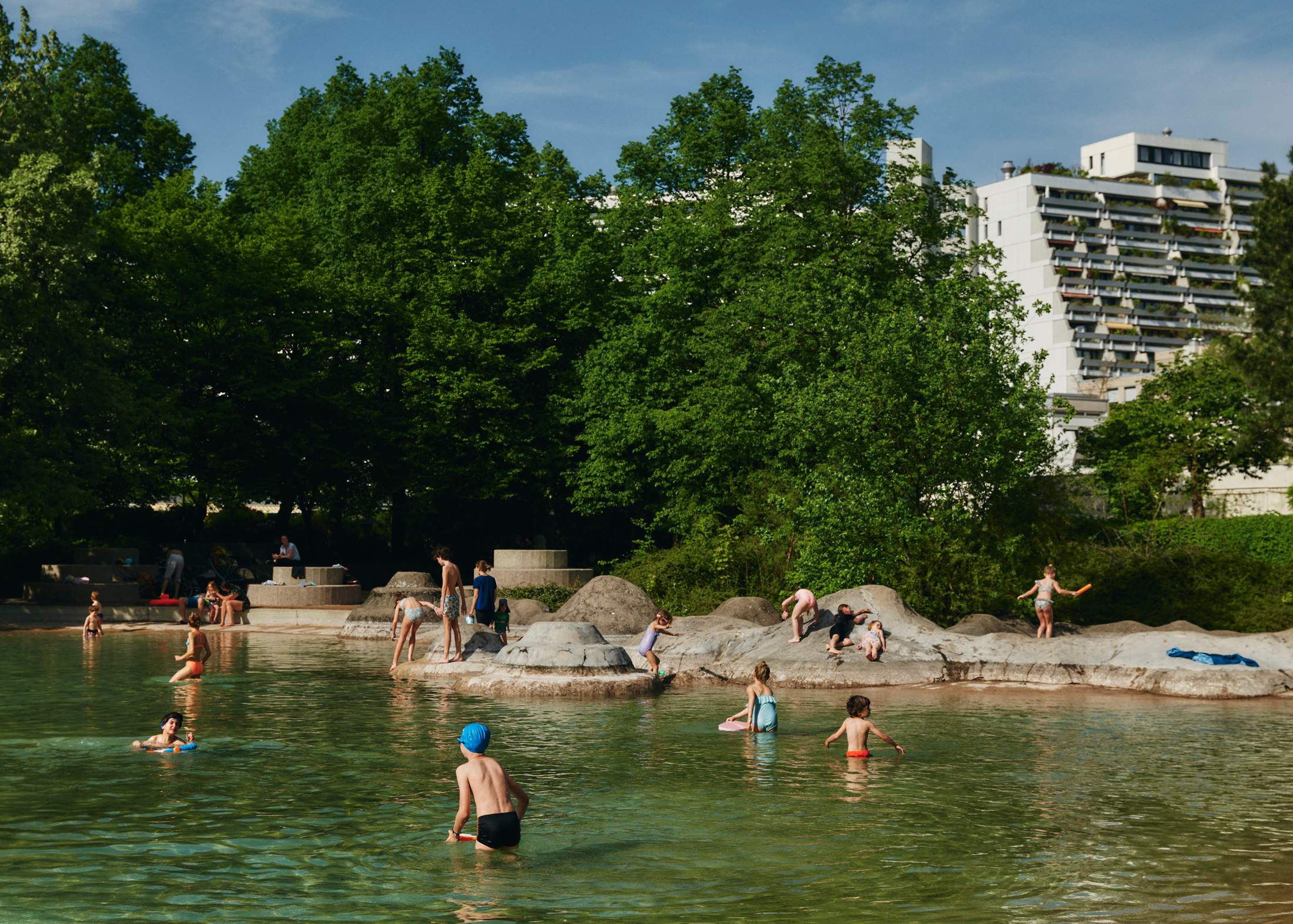
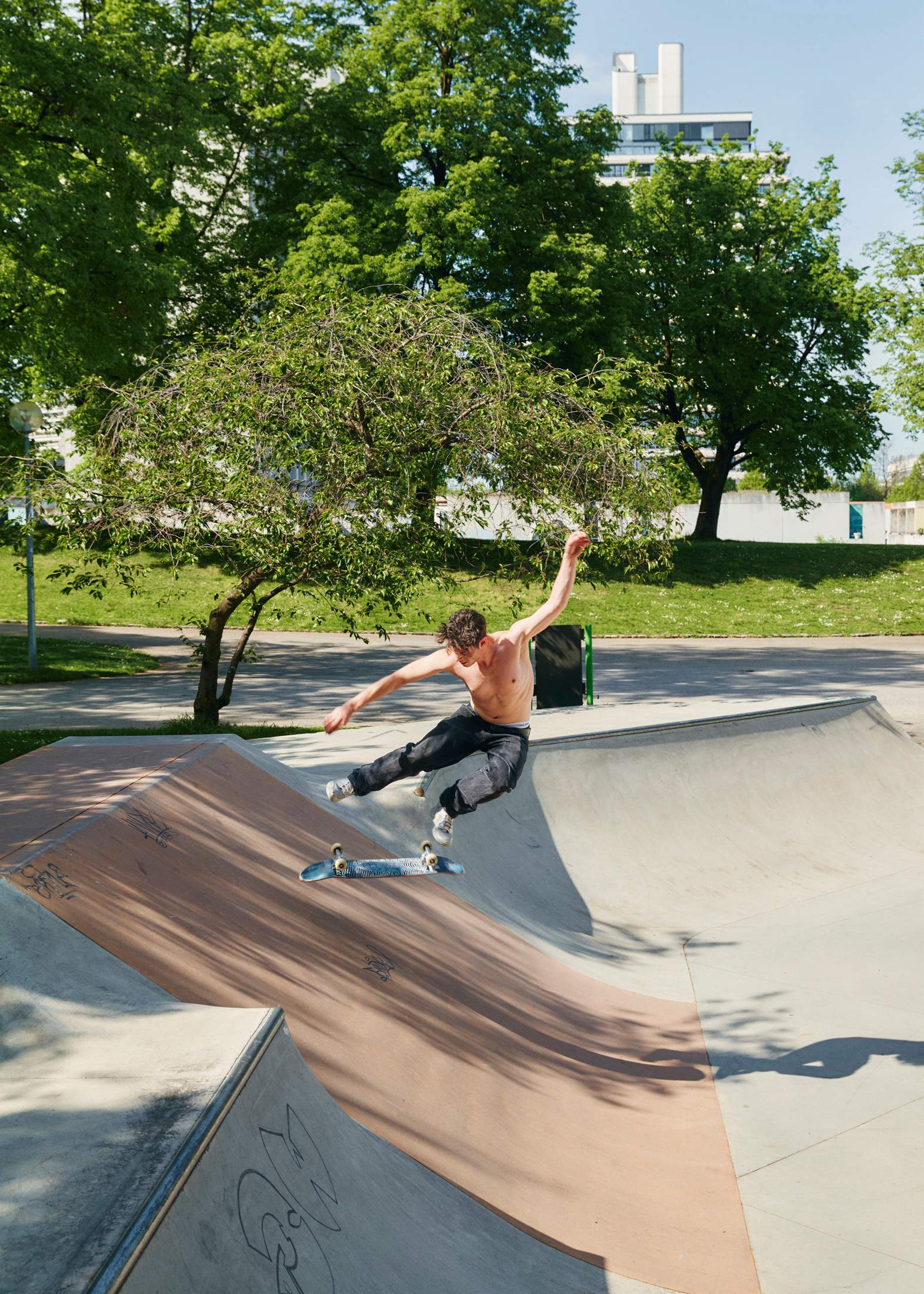
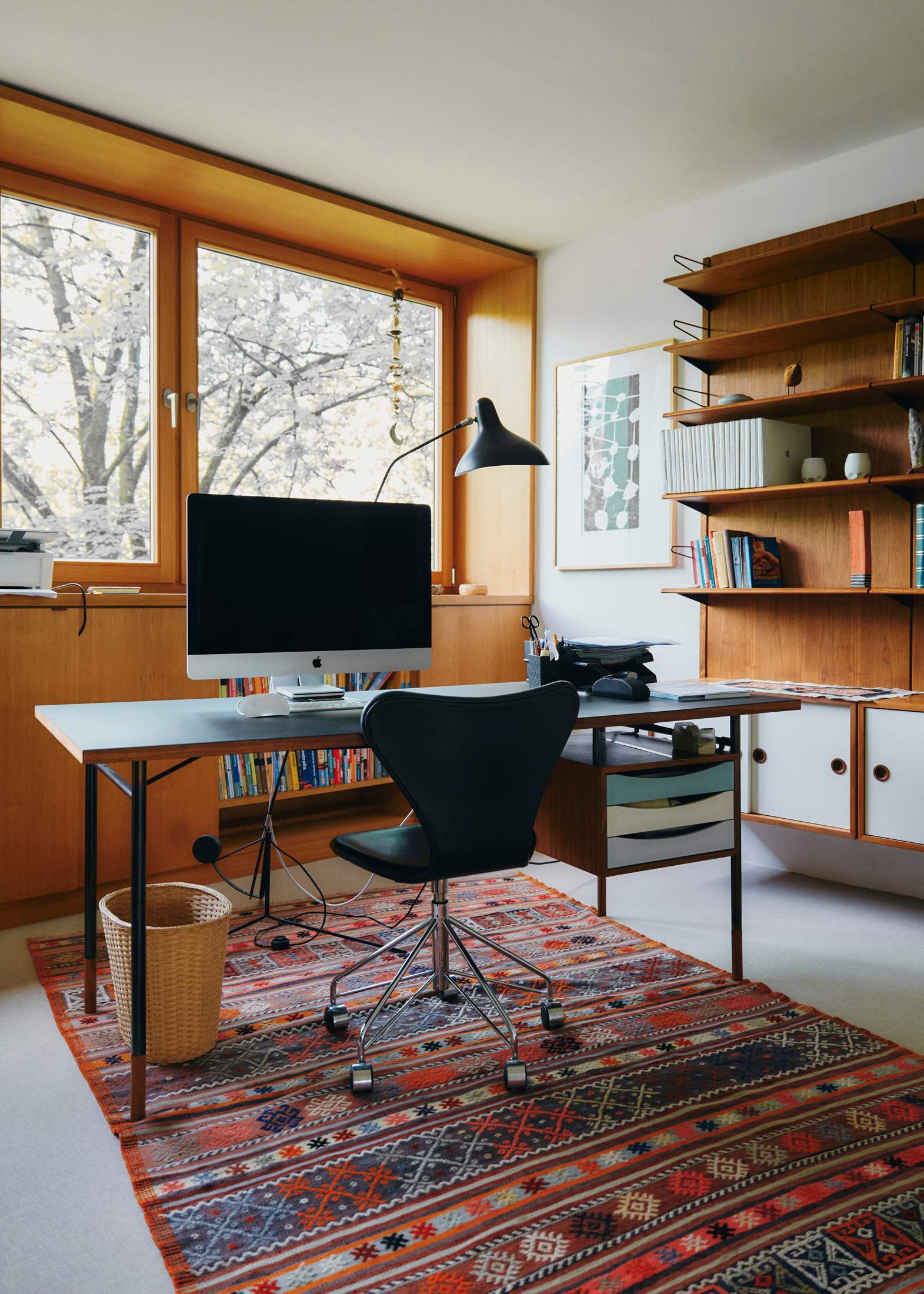
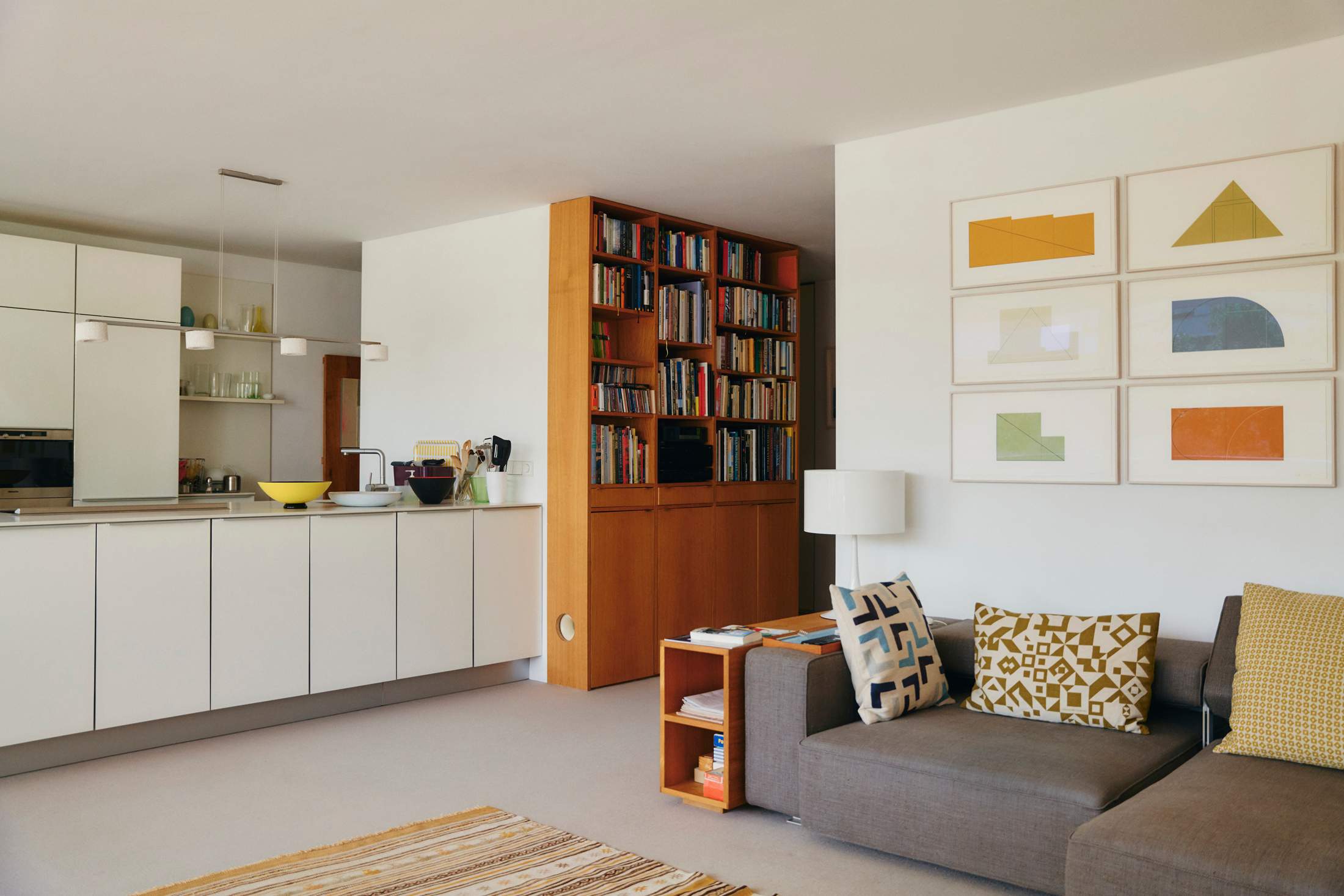
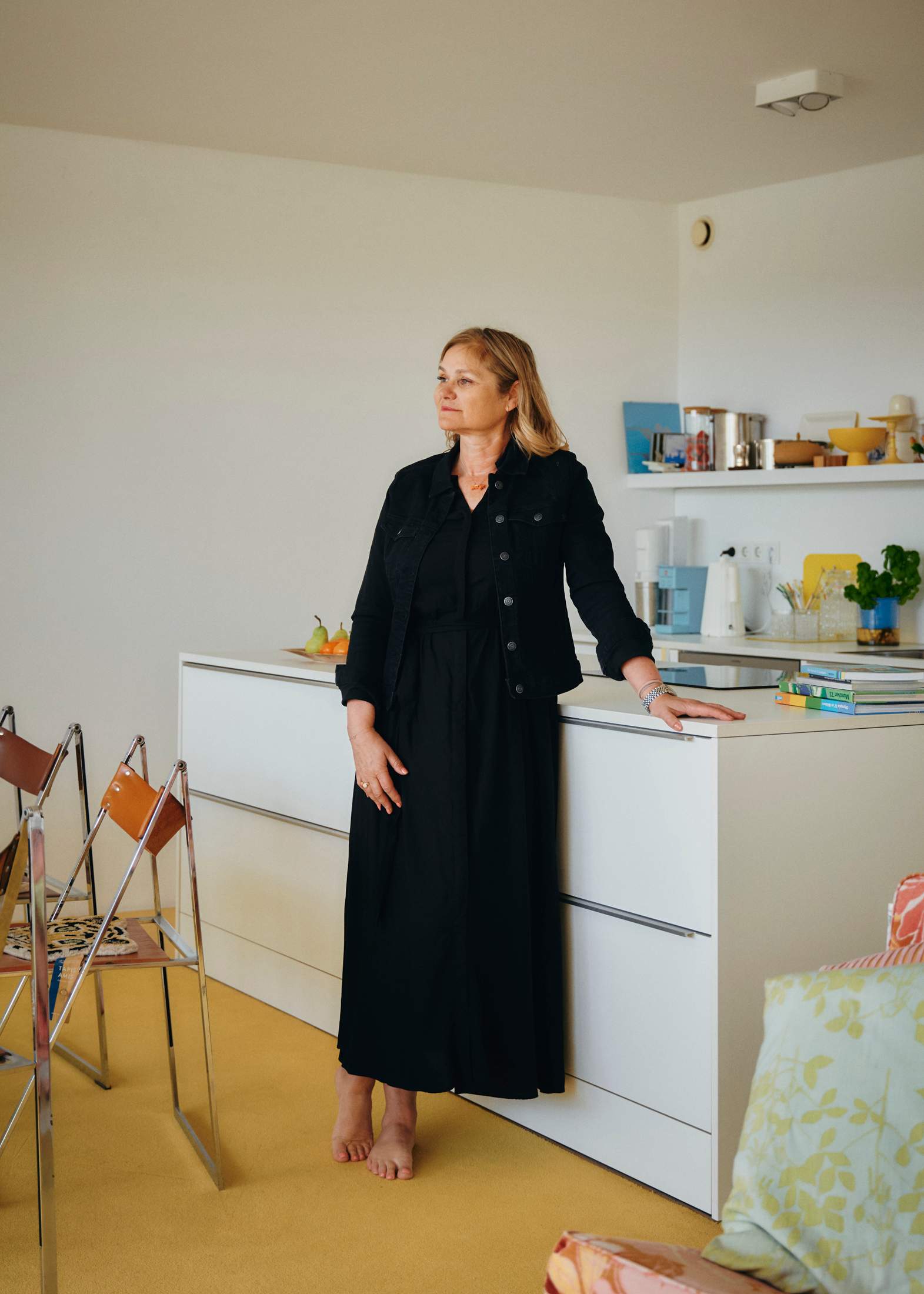
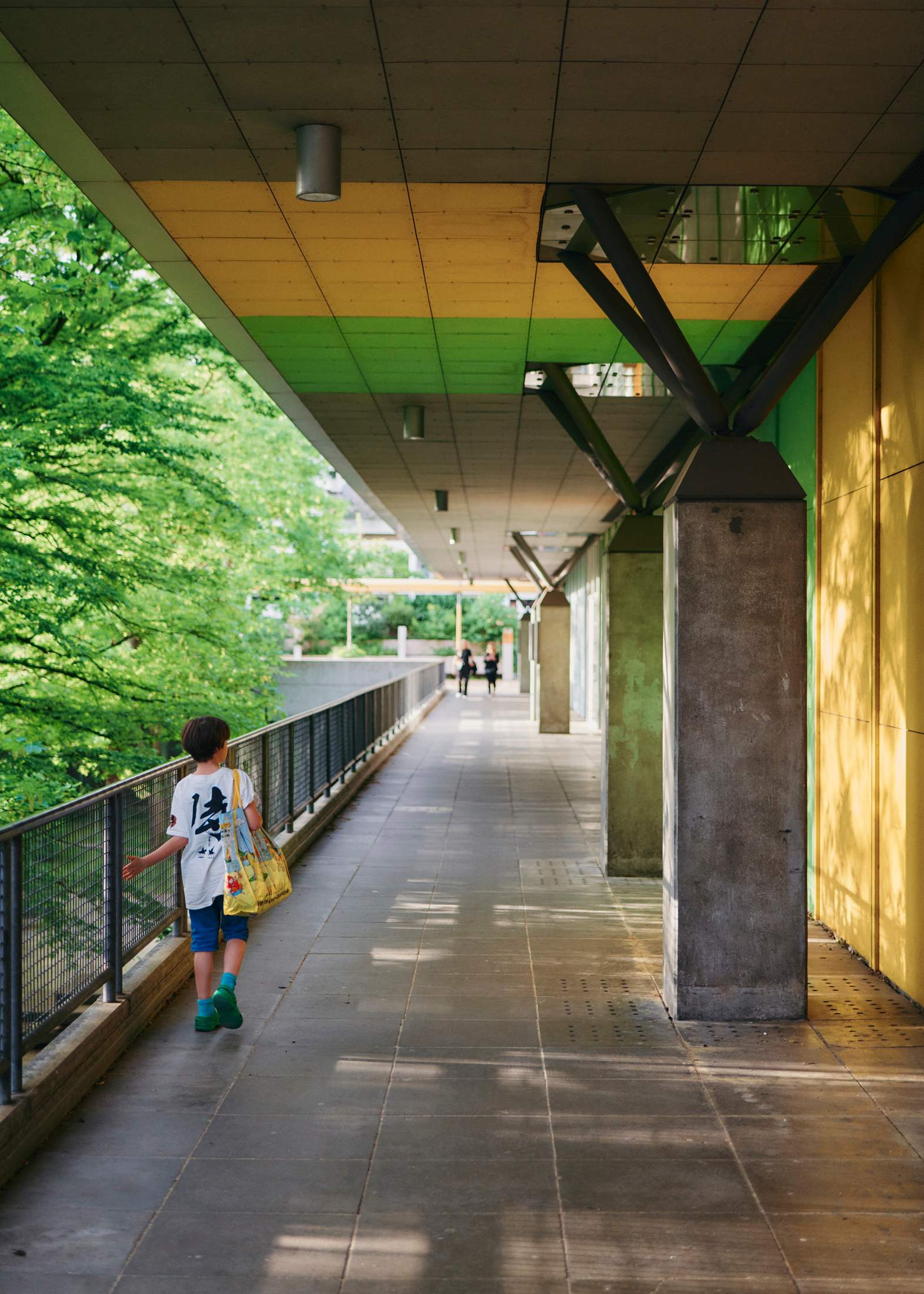
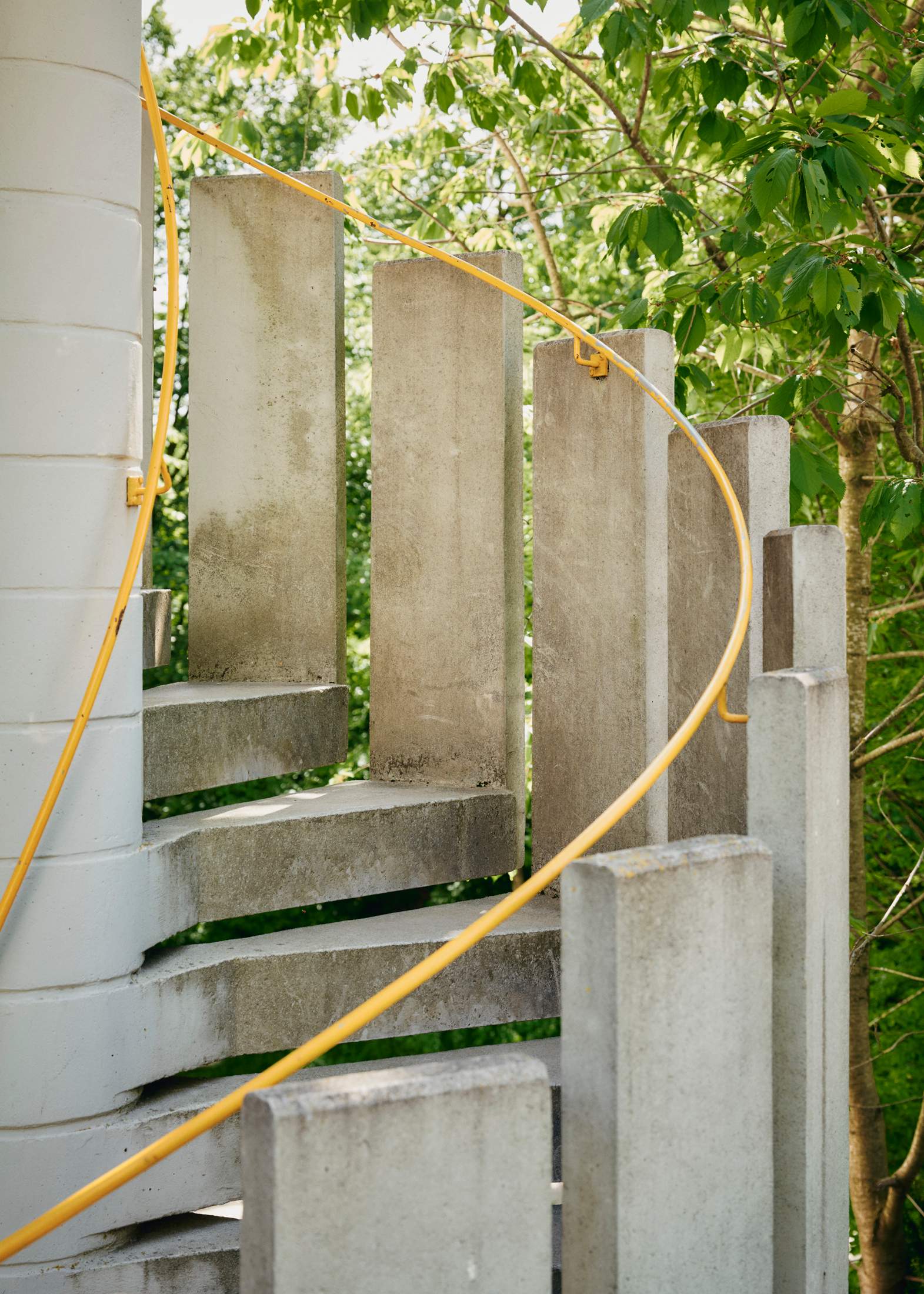
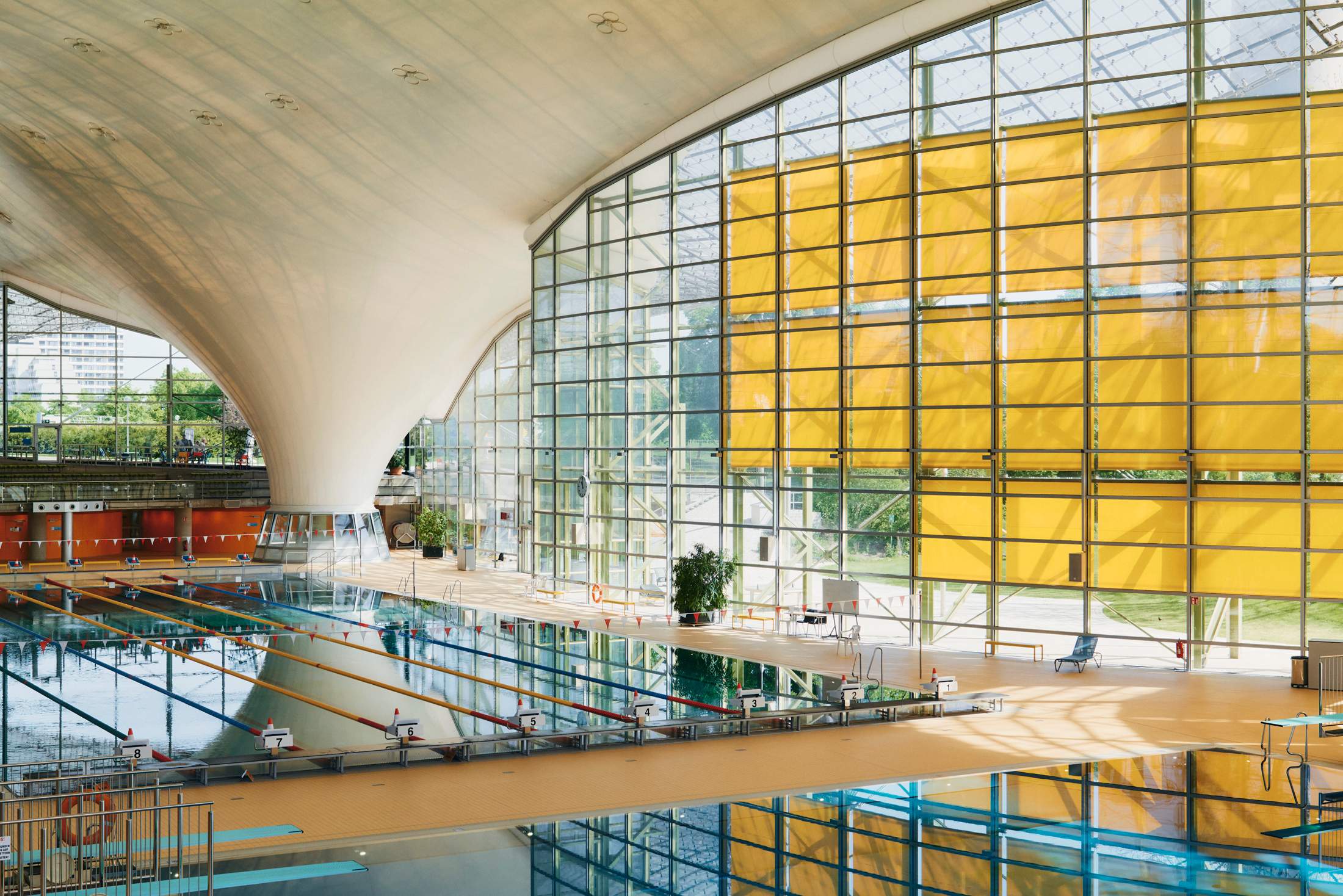
What sets Olympiapark apart from many 1970s housing projects – and from most other Olympic developments – is that even working at such speed and scale, the urban design is laid out with an extraordinary level of detail. A wayfinding system by Austrian architect Hans Hollein is maintained throughout the Olydorf, inserting Aicher’s Olympic colour in the streetscape. Each of the three avenues between the terraced houses has a park area with different themes: the northern Strasbergerstrasse is filled with playgrounds; the middle Nadistrasse is centred on water, with a lake and several fountains; and the southern Connollystrasse is built for sledding the hills of Olympiapark. “It’s too much sometimes,” says Niese, pointing out the fountains, sculptures and benches that can be found in every nook. “It’s almost baroque.”
Ironically, the rushed construction that made the homes undesirable at first is today also an asset. Since every apartment hosted up to five athletes, the interiors were mostly corridors and small rooms, plus cheap in-built kitchens and bathrooms. Those who moved in had almost no choice but to tear down some walls, opening up the spaces. Today the Olympiapark is heritage protected but this applies only to the exteriors; inside, residents are free to do what they want. When the Nieses moved in, they kept the original (and slightly wobbly) metal spiral staircase but put in an open kitchen and a parquet floor. “In Munich, there’s no plot of land that an architect can buy to build their own house on,” says Niese. “Here, you can at least realise your dream within these concrete shells.” Unsurprisingly, Olydorf is particularly popular with architects. “I think we have the densest population of architects in the world,” says Sandra Niese, who adds to that statistic herself.

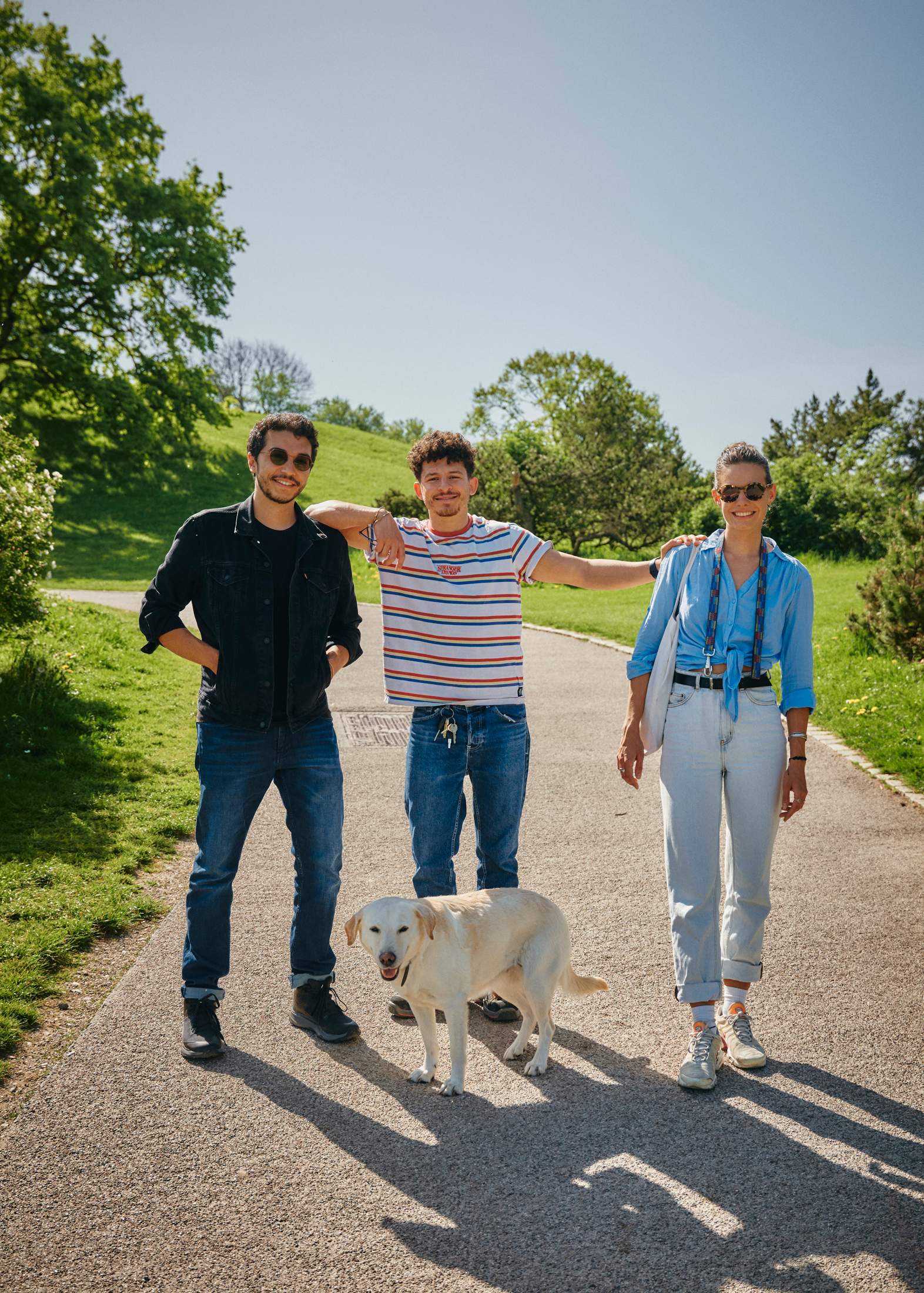
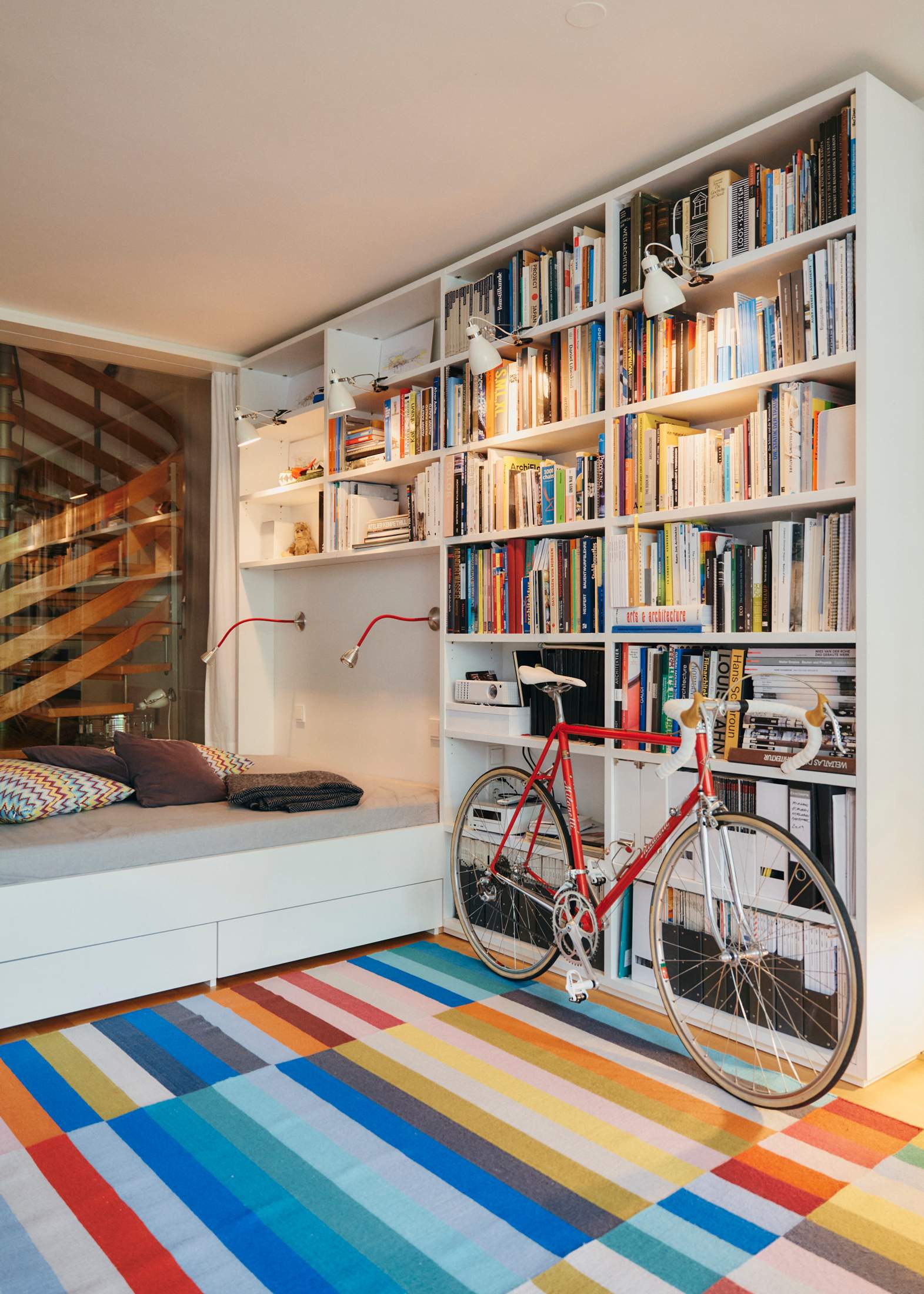
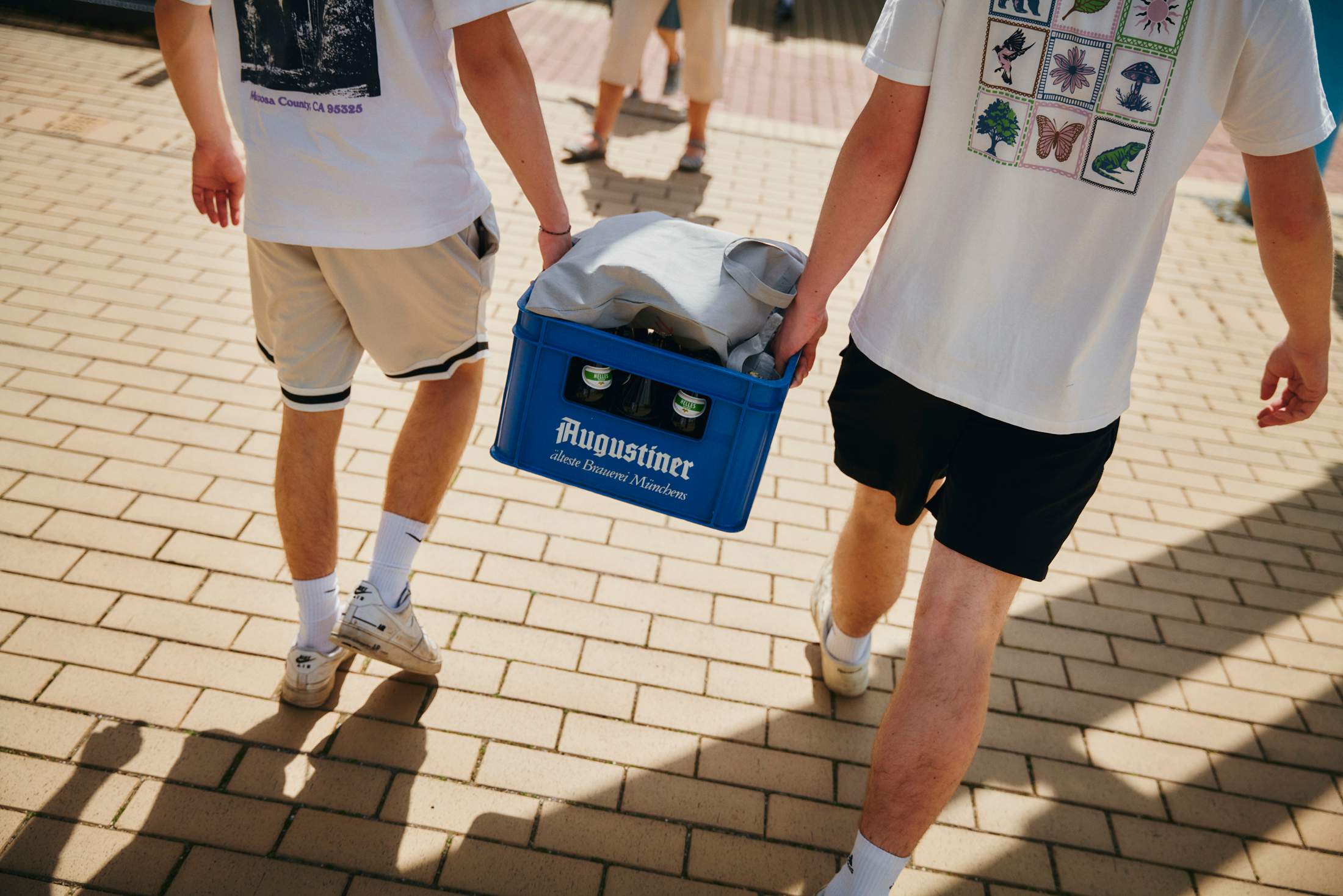
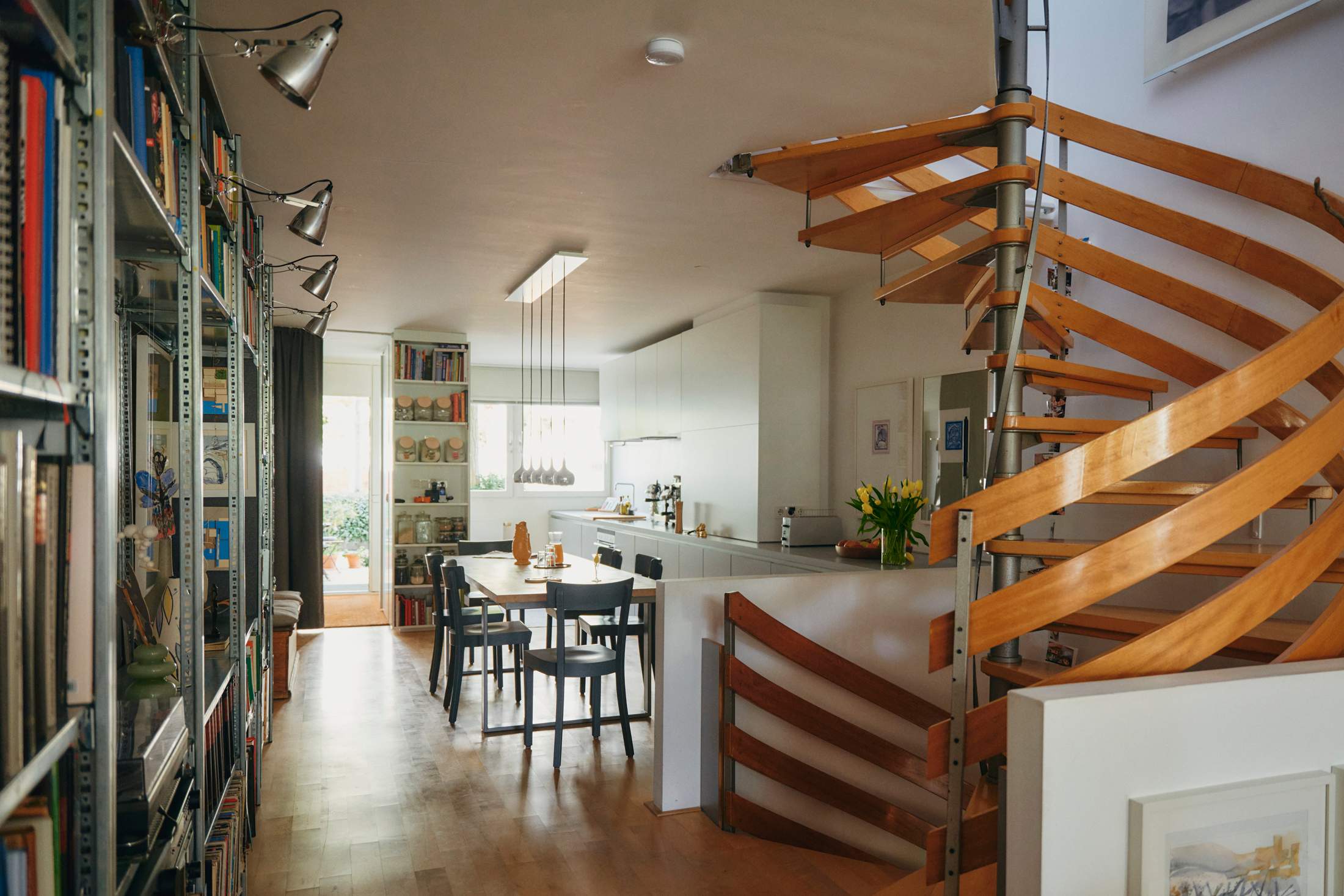
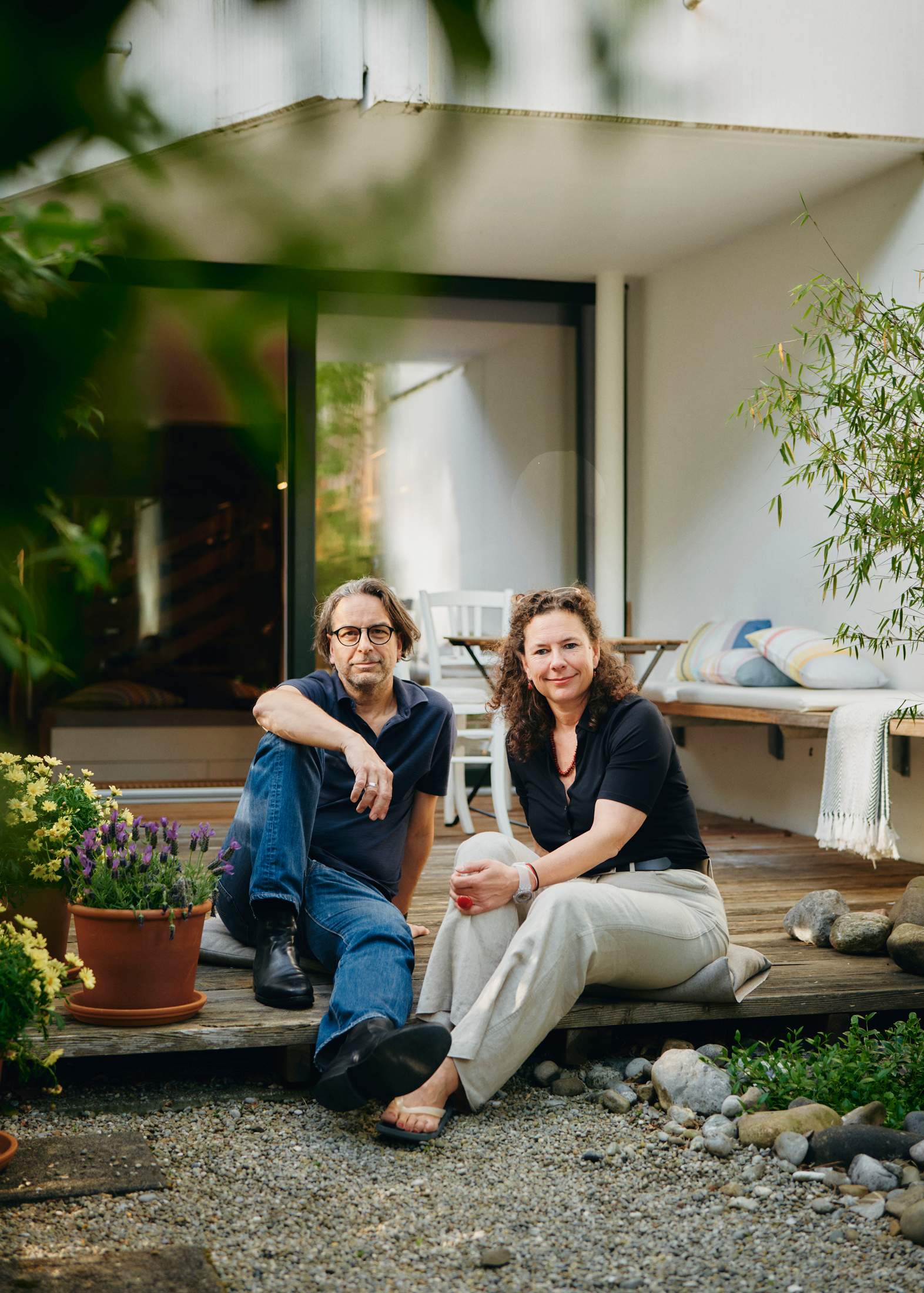
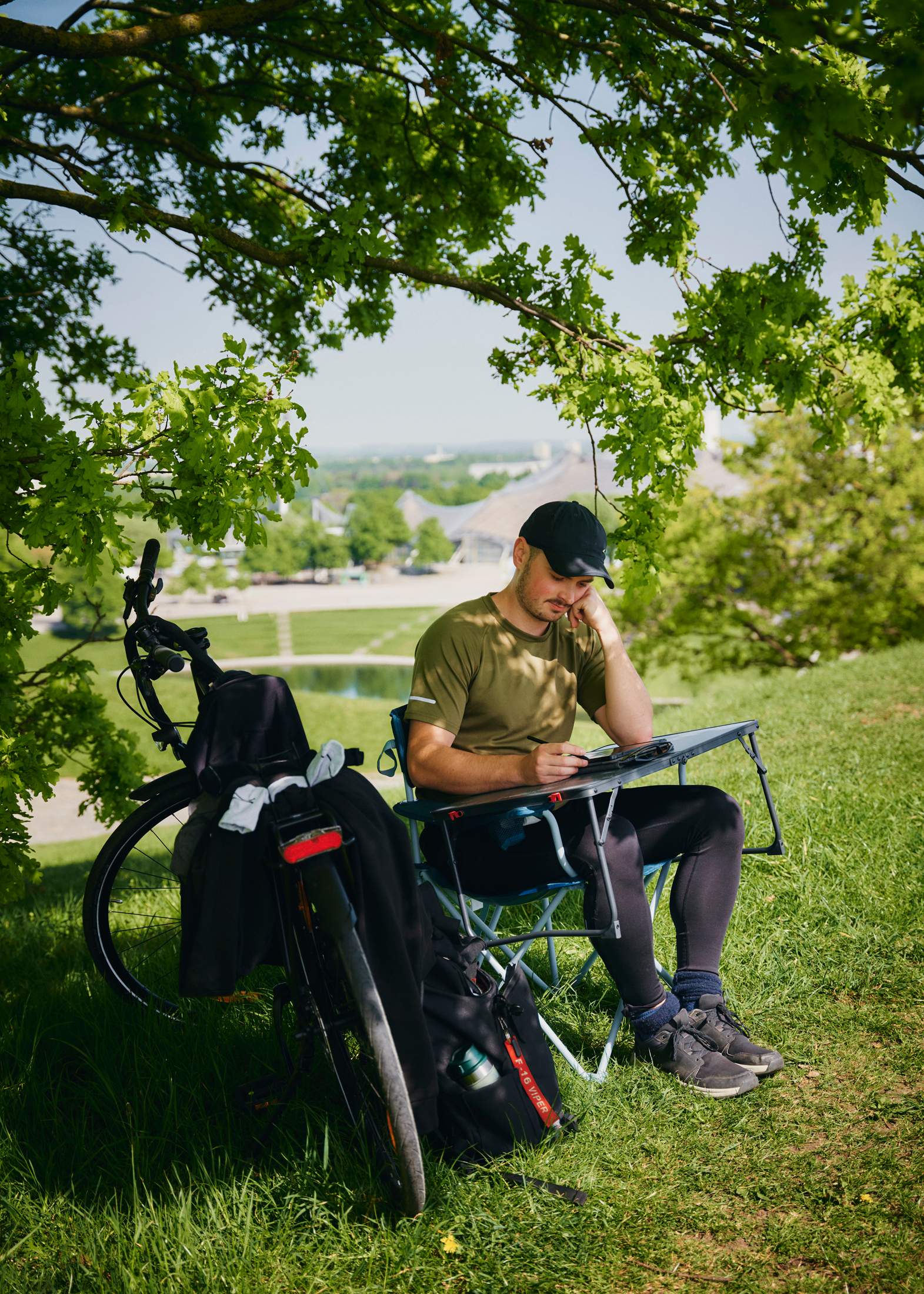
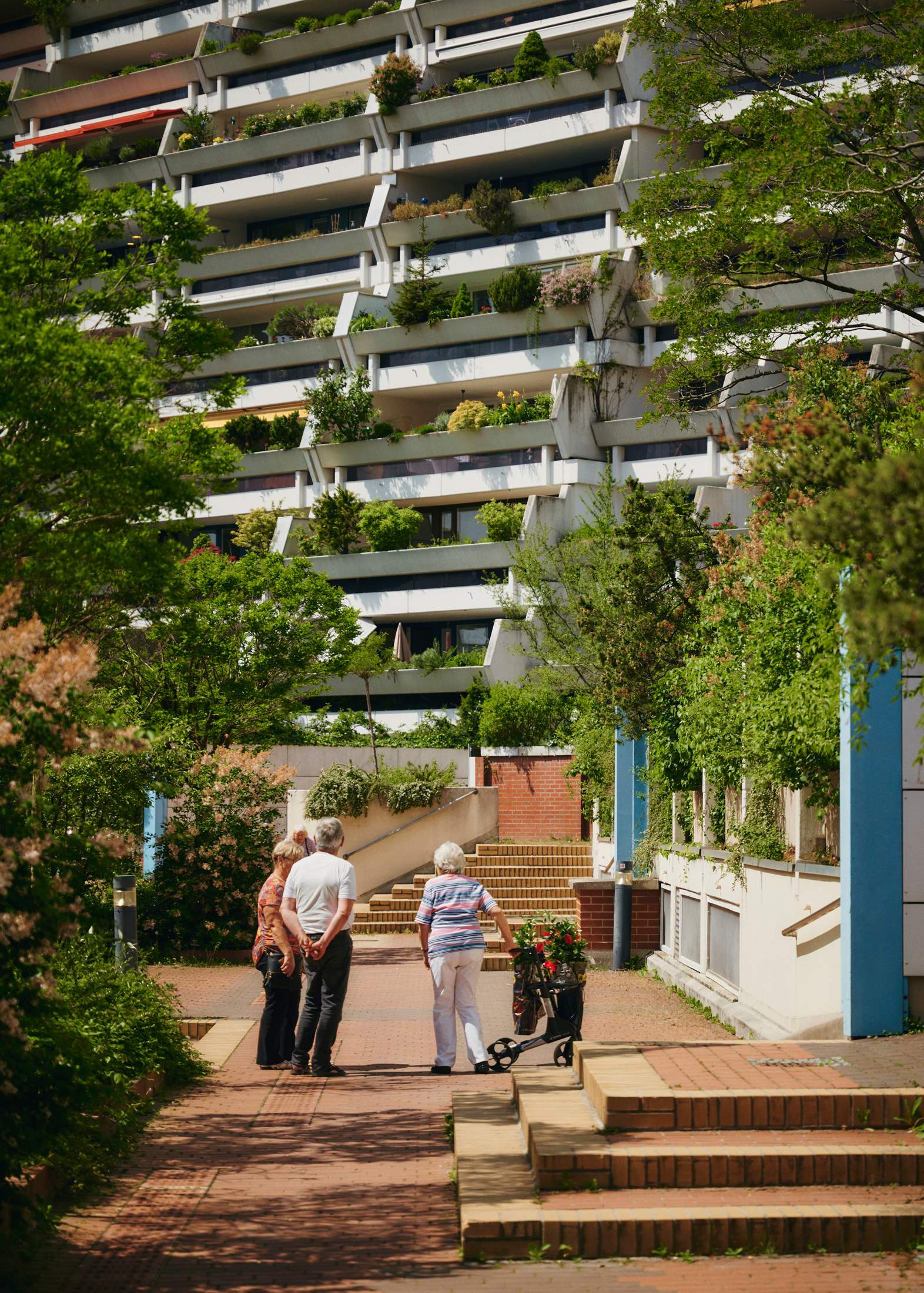

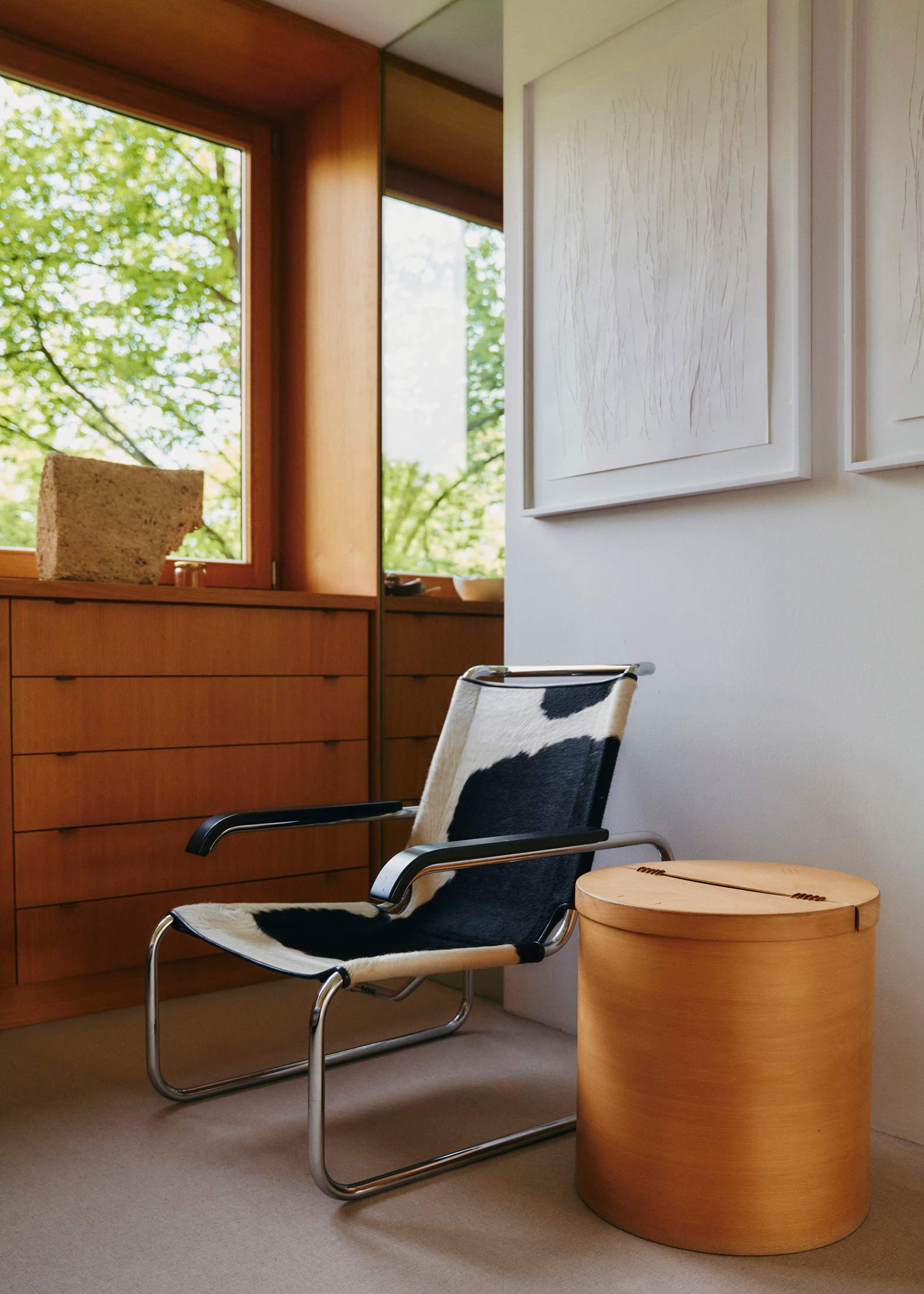
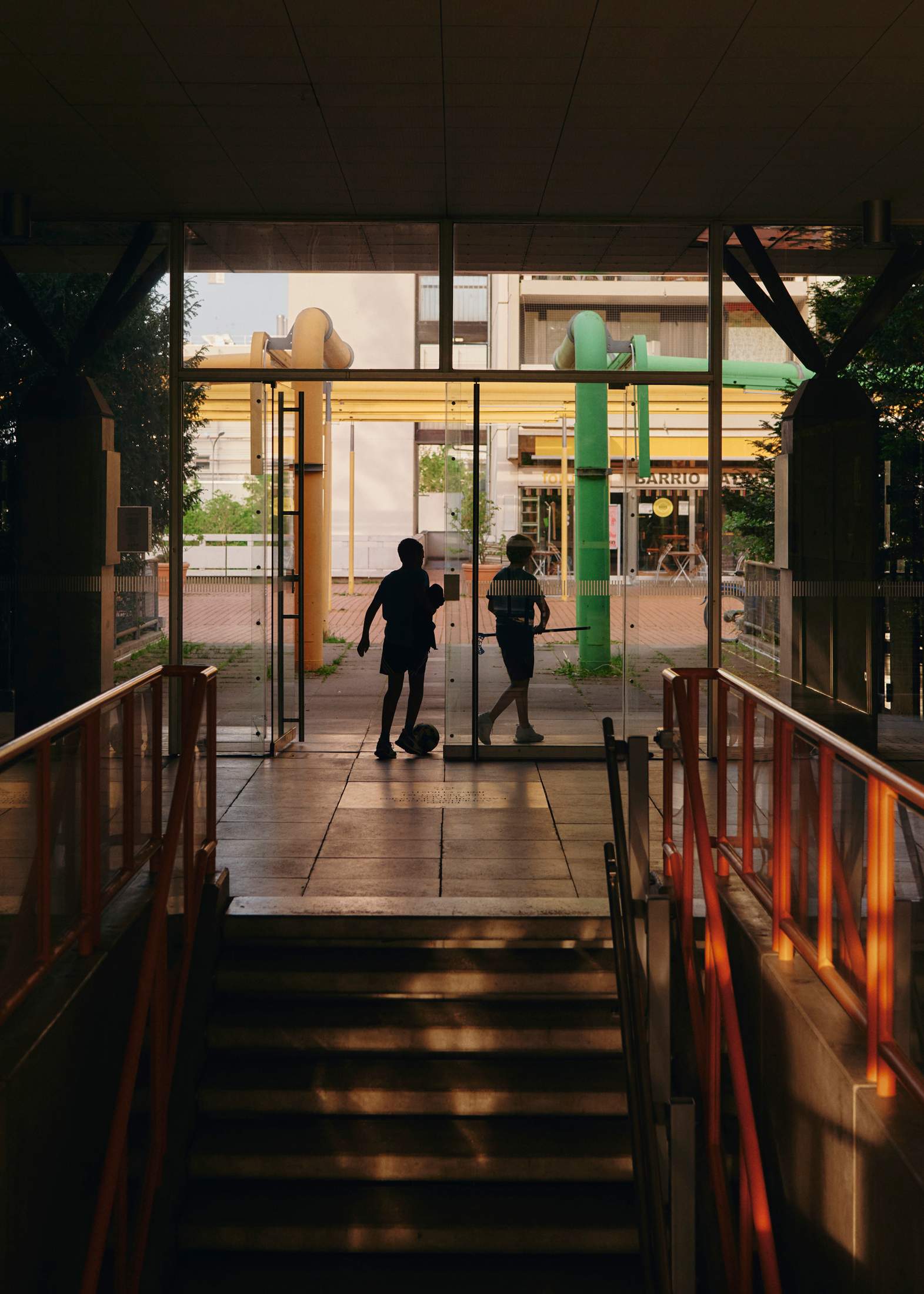
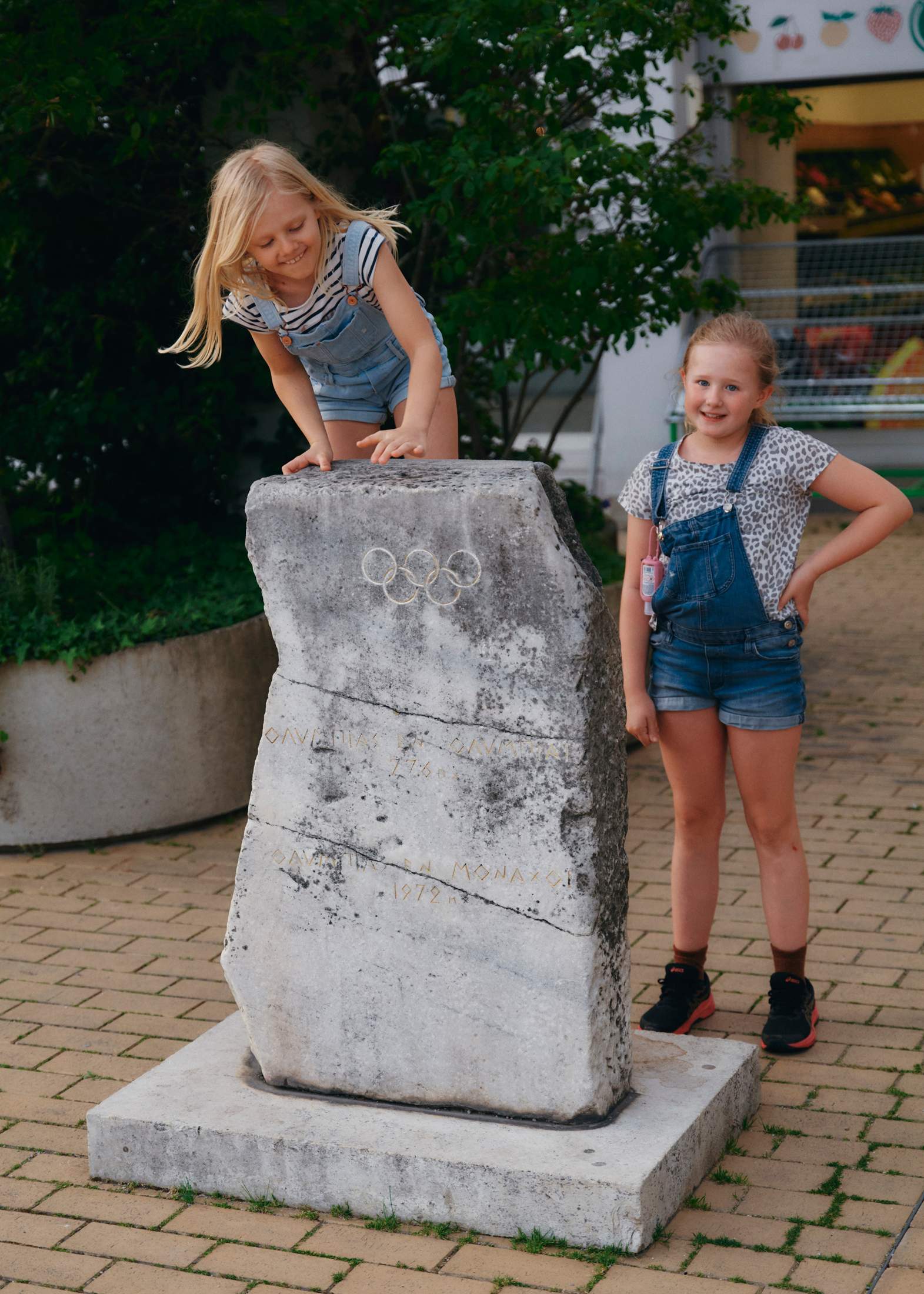
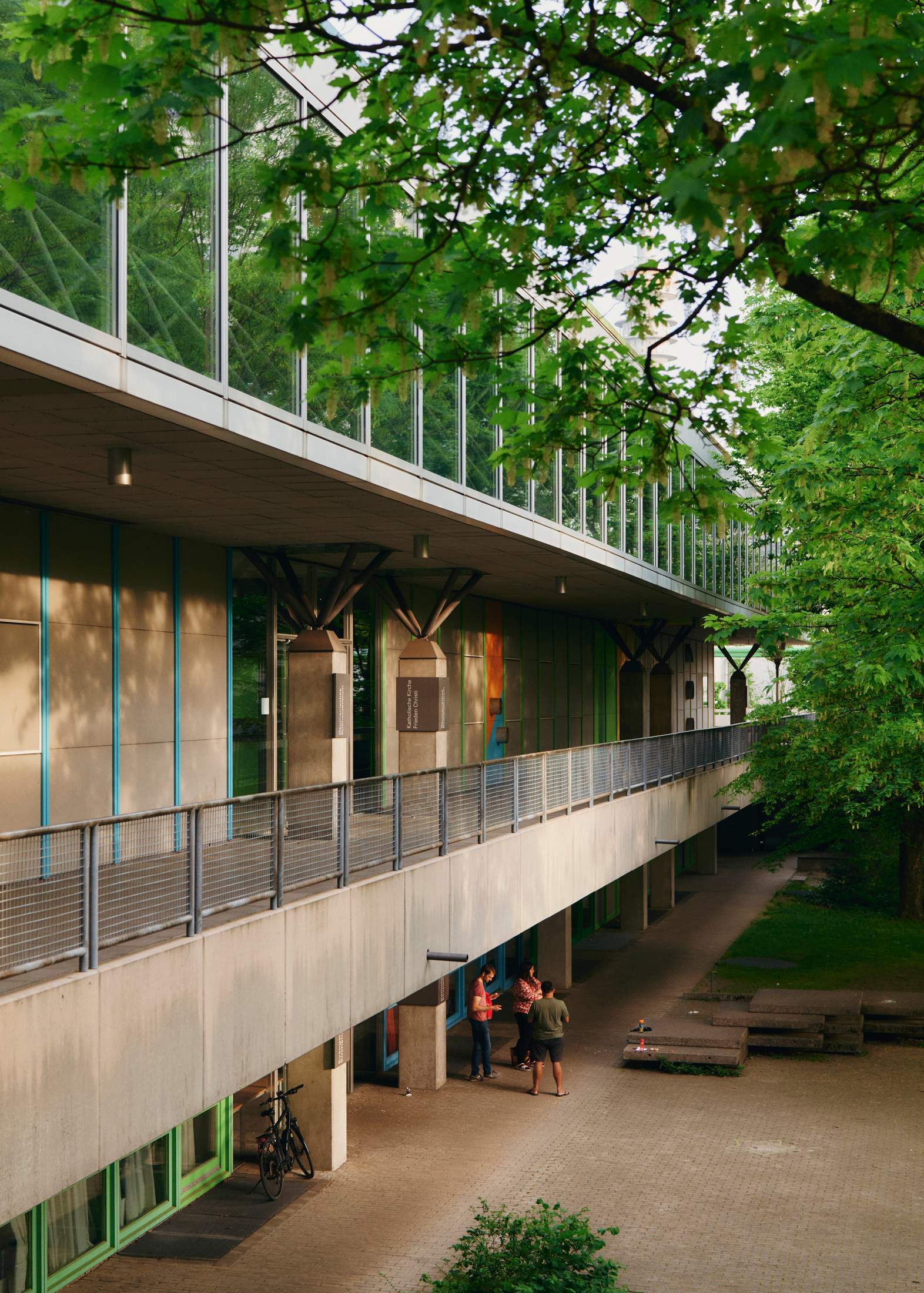
This, in turn, helps to ensure that everything is kept in tip-top shape. Eva Lang experienced the effect first hand when Knerer und Lang, the Dresden-based practice she founded with her partner, Thomas Knerer, was awarded the commission to refurbish the student high-rise (the former women’s village). Designed by Günther Eckert in 1969, the building is unmissable on the Olydorf skyline with its jagged top that bears no functional purpose except, Lang guesses, to emulate the Alps that can be seen in the distance on clear days. When the firm took on the commission, the 801 flats were in a bad state. The building no longer met fire-safety regulations or energy-efficiency standards.
In co-ordination with the City Design Commission, Knerer and Lang developed a concept that preserved the original character of the façade, with its typical stacked balcony elements. “Of course, many members of the committee live right here,” says Lang, chuckling. The loggias were packed in a heat-insulating shell. New window elements and parapet cladding of coated metal sheets reference the materiality and façade composition of the original building, without copying it. “That was more expensive and not strictly necessary,” says Lang, who completed the project in 2013. “But the state-run student affairs organisation gave the extra money.”
Lang has also joined the Olydorf architect cabal. In 2012 she and her husband bought a third-floor flat in a terraced house on Connollystrasse. The home is sunny in more ways than one: daylight streams in from a glass-walled terrace as wide as the apartment, and the colour yellow runs through the interiors down to the wall-to-wall moquette rug. A figurine of Waldi, the striped Dachshund mascot for the 1972 Games, and other Olympic paraphernalia take pride of place on the shelves. The bathroom is tiled in yellow and blue, the hues picked out from the original Olympic colour scheme, which is even matched by Knerer and Lang’s toothbrushes.
This visible sense of pride in being an Olydorf resident is widespread. The 1972 Olympics were an important moment for Germany’s self-perception – for the first time after two devastating wars, the country managed to show a side of itself that was cheerful and easy-going. But the terraced houses of Connollystrasse are marked by tragedy too, as the site of a terrorist attack that led to the deaths of 11 Israeli athletes. Residents know that they are living in a historical monument.
All of this begs the question: why has it proven so difficult to repeat the success story of Munich? Part of the problem might be that as budgets for hosting Olympics have ballooned, the social vision has been lost somewhere in the mix. Too often host countries focus on one-upping each other with scale and spectacle instead of presenting a broader idea of the future, which the Olydorf, for all its concrete, certainly was. “That was a time of political and social change, when architects wanted to change how people lived together,” says Lang. “Maybe it was an experiment but this was an environment built on change hope and positivity.” —
Fast start
Almost everybody in Munich makes use of Olympics-era infrastructure on a daily basis. Between 1966, when Munich was awarded the Games, and its commencement in August 1972, the city also built its entire subway system and pedestrianised parts of the city centre, complementing the stadium, event hall and aquatics centre (which are all still in use). To get everything done in time, there was a surge in recruitment, with some workers even coming from beyond Germany’s borders. The Nieses recall hiring an electrician who arrived and said that he had been there before: in his youth, he had come from Austria to learn the trade on the construction site of the Olympiapark.


